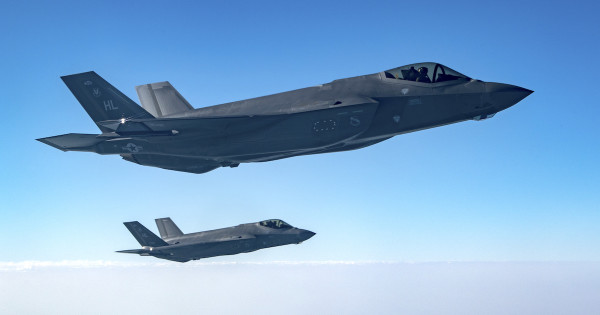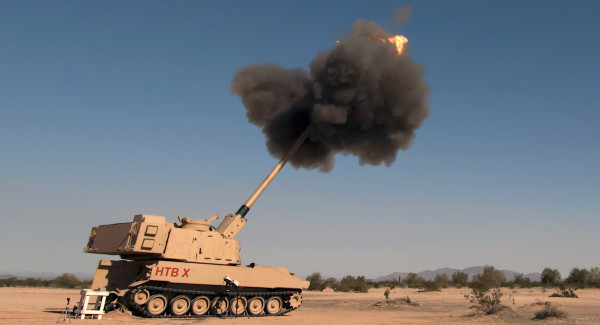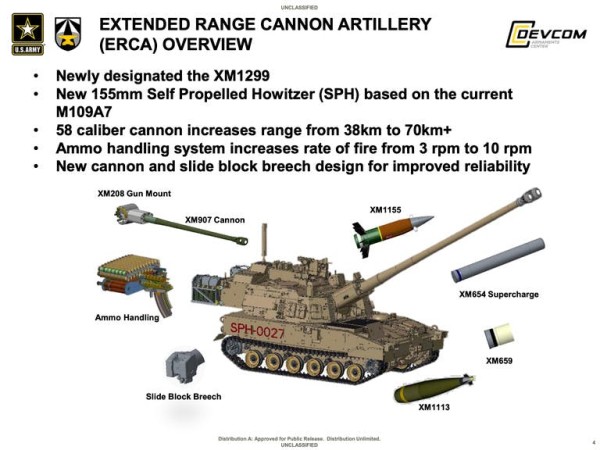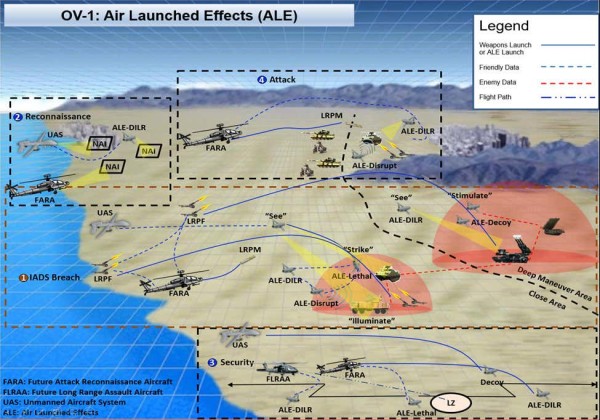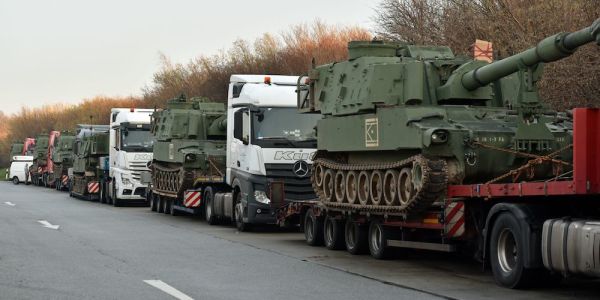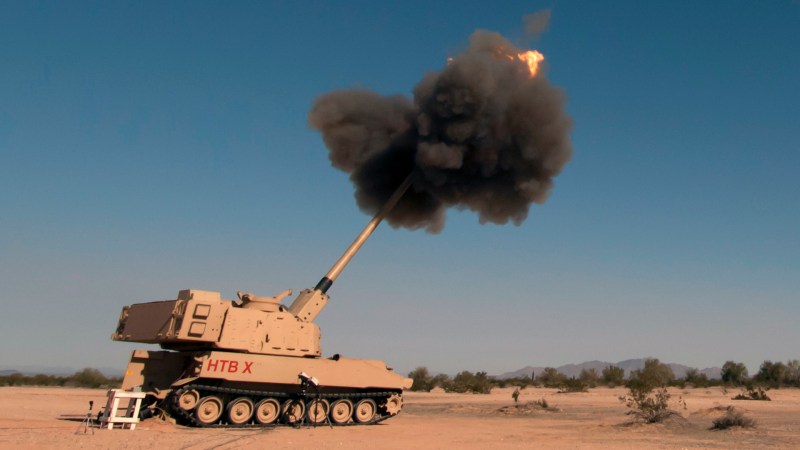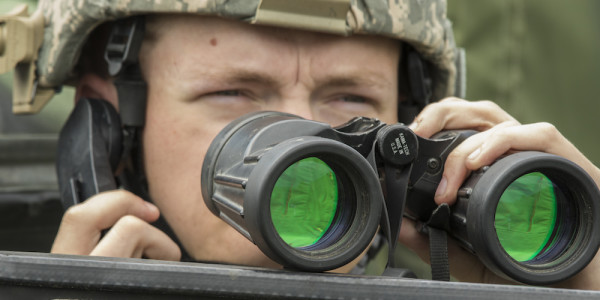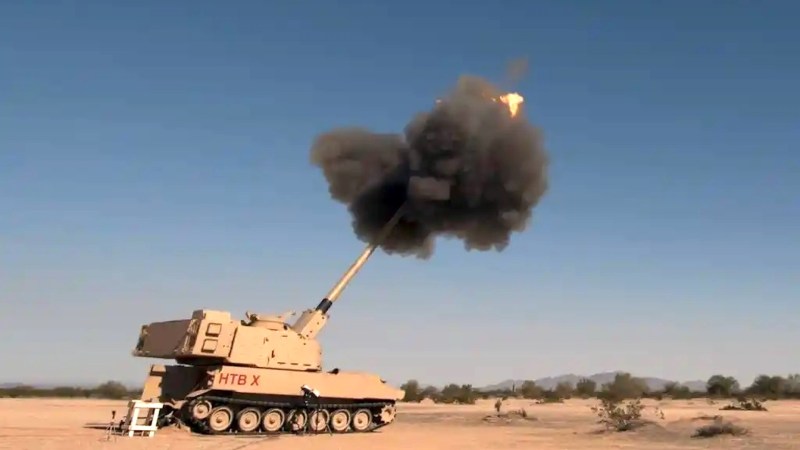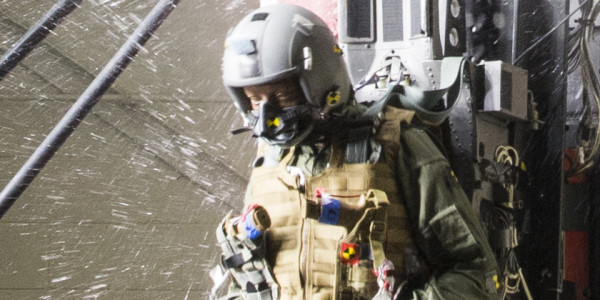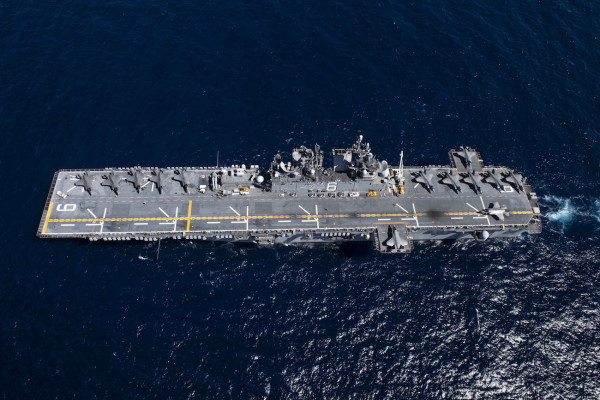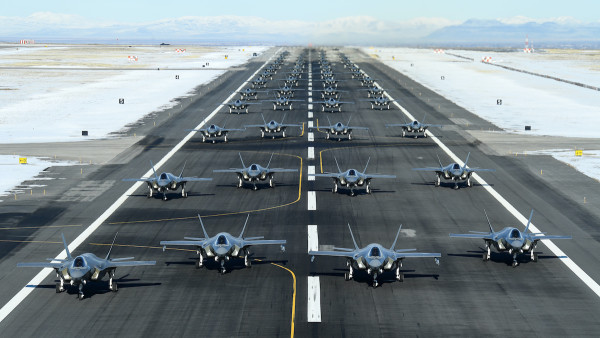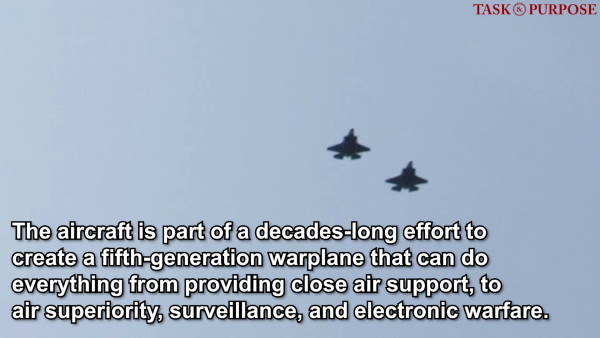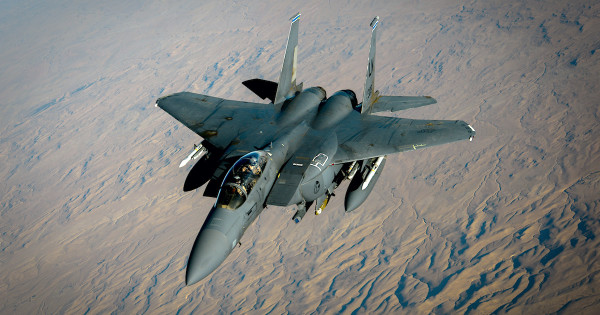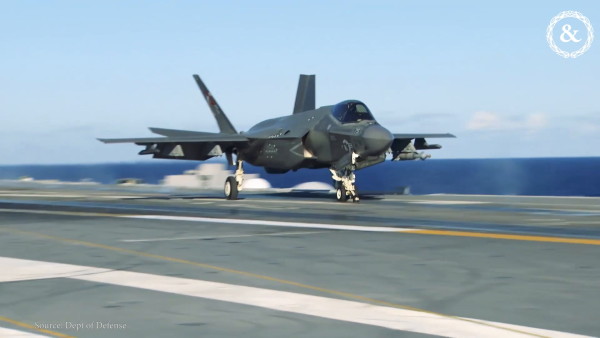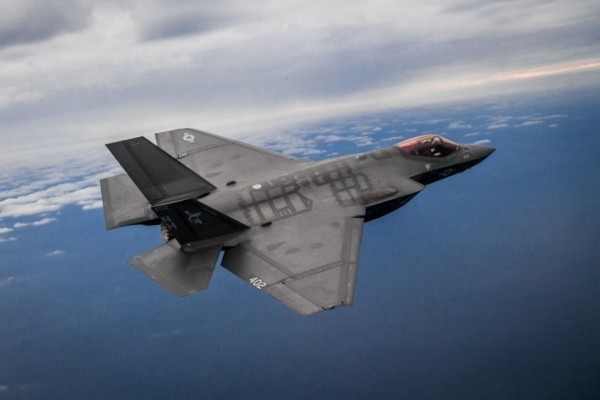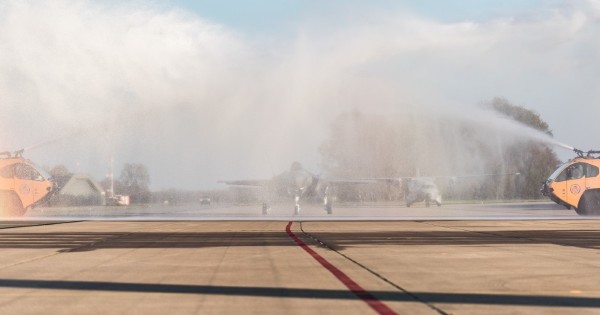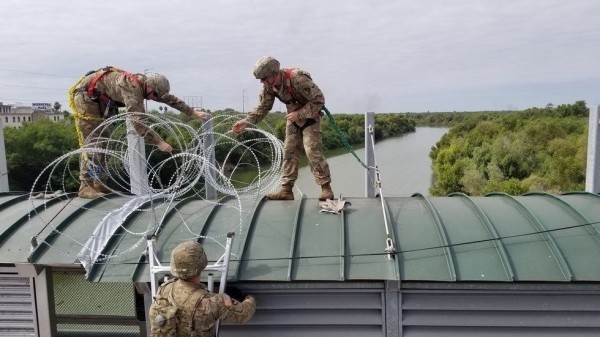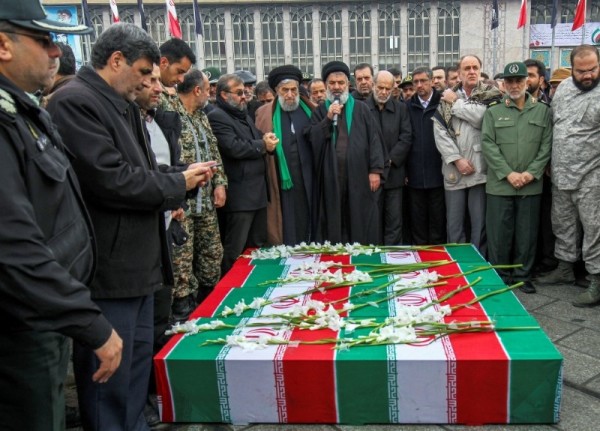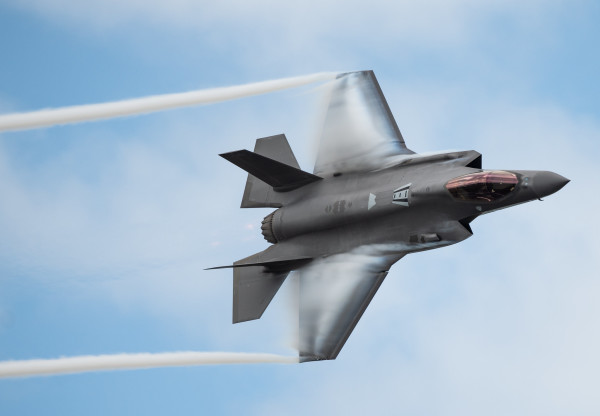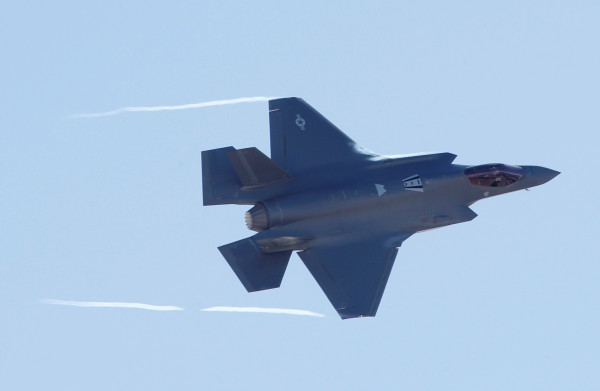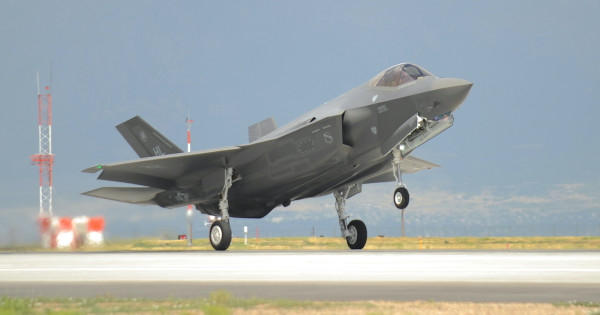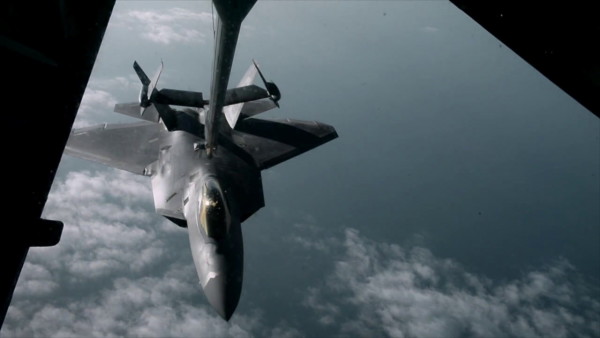The F-35 Joint Strike Fighter’s insane array of advanced sensors is getting a new role on the battlefield: helping Army howitzers snipe at enemy air defenses from miles away.
During an unusual exercise in the desert in Dona Ana, New Mexico during the first week of November, Army M109A6 Paladin howitzers from the 1st Armored Division Artillery used targeting information transmitted from an Air Force F-35A from the 59th Test and Evaluation Squadron to annihilate a mock air defense system, the Army recently announced.
While the F-35 alone couldn’t engage the air defense system alone without risking its safety, the aircraft maintained its stealth mode and called in for Army artillery support from 30,000 feet and 30 miles away, something of a one-two punch between the fifth-generation fighter in the air and Army howitzers on the ground.
“The F-35 is a very capable aircraft executing against numerous targets. We can use its sensors to identify multiple targets, and we can use the Army to take them out,” Air Combat Command exercise director Air Force Capt. Charles Humphrey said in a statement at the time. “We can start shaping the battlefield faster, because when we start fighting bigger opponents, we are needing to be able to do that.”
“We are working with the Air Force and we are testing the ability of the U.S. Army’s field artillery to receive messages from an F35, a 5th generation fighter jet, for possible fire missions,” 1st AD first support officer Army Maj. William O’Neil added. “While we are using canons today, the M109A6 Paladins, the goal is how we integrate a Tomahawk Cruise Missile and other missile units at the division level into Joint Fires.”
Smoke clears after a U.S. Army M109-A6 Paladin Self-Propelled Howitzer operated by A Battery, 4th Battalion, 27th Field Artillery, Division Artillery (DIVARTY), 1st Armored Division, fires its 155 mm main gun at Dona Ana firing range just outside Fort Bliss, Texas, Dec. 7, 2015
(U.S. Army/Sgt. James Avery)

The test is the latest in a series of experiments pitting air-ground teams against adversaries with more advanced air defense capabilities. In 2018, for example, the Marine Corps engaged in a similar exercise during which one of the service’s F-35B aircraft fed targeting data to a truck-mounted M142 High Mobility Artillery Rocket System (HIMARS), enabling the system’s crew to identify and destroy a target with a barrage of guided 226mm artillery rockets.
These engagements are made possible thanks to the F-35’s advanced sensor suite, which “represents the latest evolution of using aircraft as forward spotters for artillery units on the ground,” according to the War Zone:
The jets are already sucking up an amazing amount of electronic signals data, which allows them to spot, categorize, and geolocate various emitters, including radars associated with air defense and artillery systems and communications nodes. The aircraft can then send that information to other aircraft, units on the ground, or command centers in rear areas to give other forces a more complete picture of the battlespace around them and potential threats. The F-35 can also fuse together imagery and other data it collects using its AN/APG-81 radar, Electro-Optical Targeting System (EOTS), and AN/AAQ-37 Distributed Aperture System (DAS), and share that information, as well.
As the War Zone notes, using aircraft as forward spotters is a concept as old as military aviation itself. But with the Pentagon reorienting itself towards more traditionally-equipped adversaries like Russia and China after nearly two decades of relative air superiority in the Middle East, the F-35-assisted long-range precision fire might become a staple among commanders for years to come.

